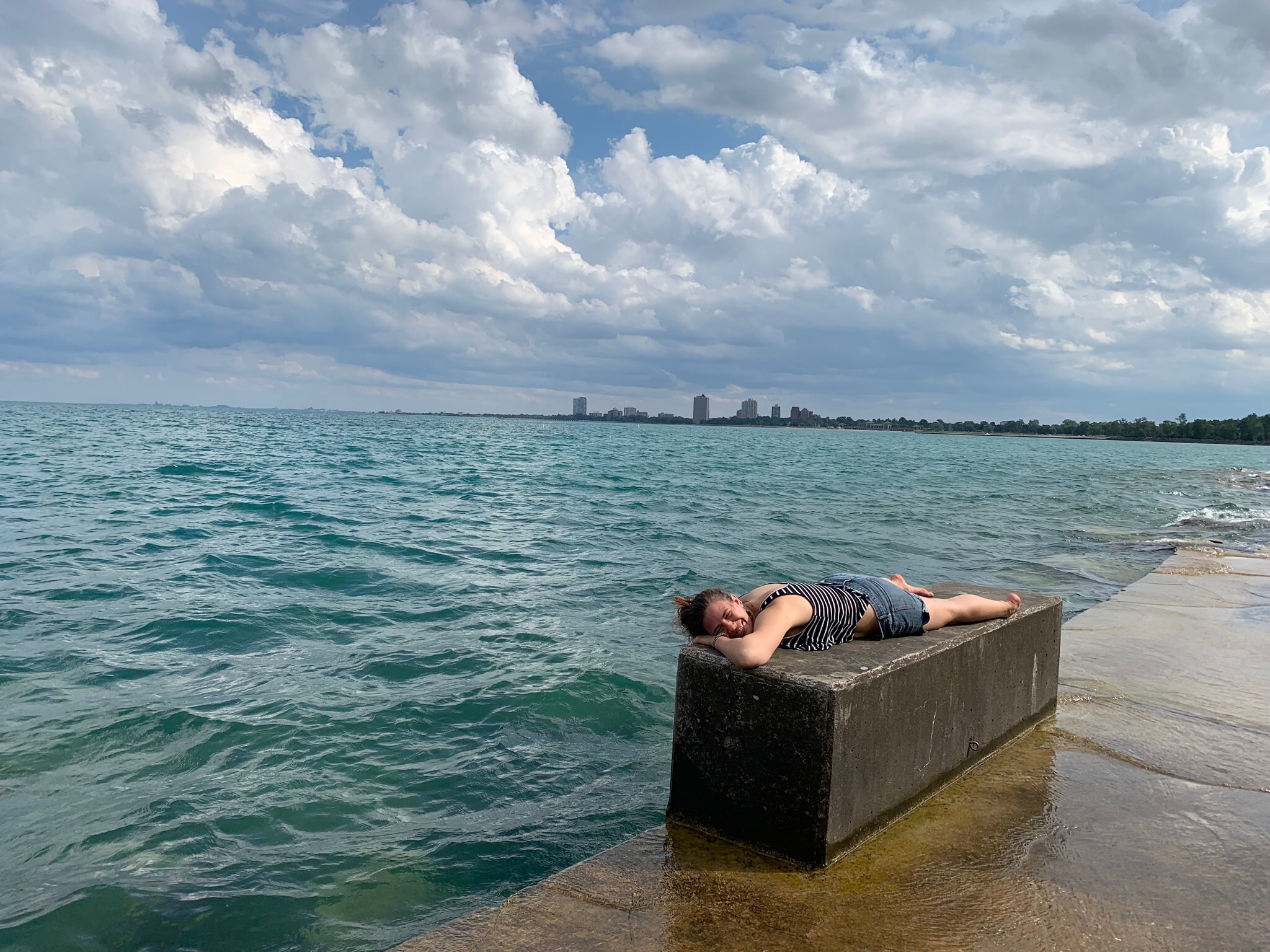Grieving people get told to do a lot of things.
“Take care of yourself”
“Push through”
“Just keep going”
“Eat cake and it will be better” (yes, an old boss actually said that to me)
“Exercise”
Most of them are well-meaning though often unhelpful, and depending on who we are and where we are in our grieving processes, they will land differently (side note/reminder that you don’t have to take anyone’s advice that doesn’t feel right in your gut).
I’ll be expanding on all of these things in coming blogs, but for today I want to hone in on the difference between exercise and movement for grief processing, or moving your grief.
In response to grief or any difficult emotional experience, the goal of exercise is generally to feel better. To change your energy. To release endorphins. It’s often an outward focused practice-on the park, the tv at the gym in front of you, the concrete beneath you. Depending on where you are in your grieving process, this goal may or may not feel accessible or even relevant. (if I feel better, am I still grieving?)
By contrast, moving grief is the act of moving towards the grief you carry in your body. It’s an internal process of slowing down, tuning into your grief and what sensations are present in your body, and letting that move you intuitively. The goal is not necessarily to feel better, though this often does happen. The goal is to allow the grief you carry in your body to metabolize, process and integrate into the fabric of who we are.
Here’s the key: From the outside, the actual movement that results may not look that different. The difference is not in the type of movement that comes out of you, but in the intention behind it. My grief has sent my running down the street, rolling on the ground, sun-saluting while tears ran down my cheeks, and curled into a ball on the floor. I’ve done the exact same movements when I wanted to get my blood pumping and raise my energy. Lifting weights tends to bore me, but I can imagine that channeling my grief to lift would be a very different experience that lifting to just build strength.
Grief is an embodied experience at its core, and we need both forms of movement for full grief processing. Movement that takes us out of our grief and movement that takes us into it.
And, you won’t be able to be intentional about this or even know the difference until you slow down enough to actually feel your grief.
Here’s a simple Move Your Grief practice to try for yourself:
~set a timer for 15 minutes and perhaps turn on music that feels connected to your grief.
~clear some space to move around you, and come to a seated or laying down position.
~Close your eyes or lower your gaze and take several breaths to allow your body to fully enter.
~Then, tune into where your grief is living in your body and place a hand there. It might be obvious and it might not be-trust whatever sensations come through and go there.
~Gently breathe into the grief living below your hand and allow your body to move intuitively. Maybe it begins with your head, your chest, your belly. Maybe it’s subtle and maybe it becomes more expressive. There is no right or wrong way to be or move, as long as you are present with yourself and your grief.
~When the timer goes off, decide if you want to keep moving or come out of it. If you’d like to come out of it, do it slowly and mindfully, stretching and breathing deep.
~If it calls, you might want to write or draw in response to anything that came through.
Congratulations, you did it.
Now, notice how you feel and move throughout the rest of your day and trust it.
Big love to you. You’re not alone.
